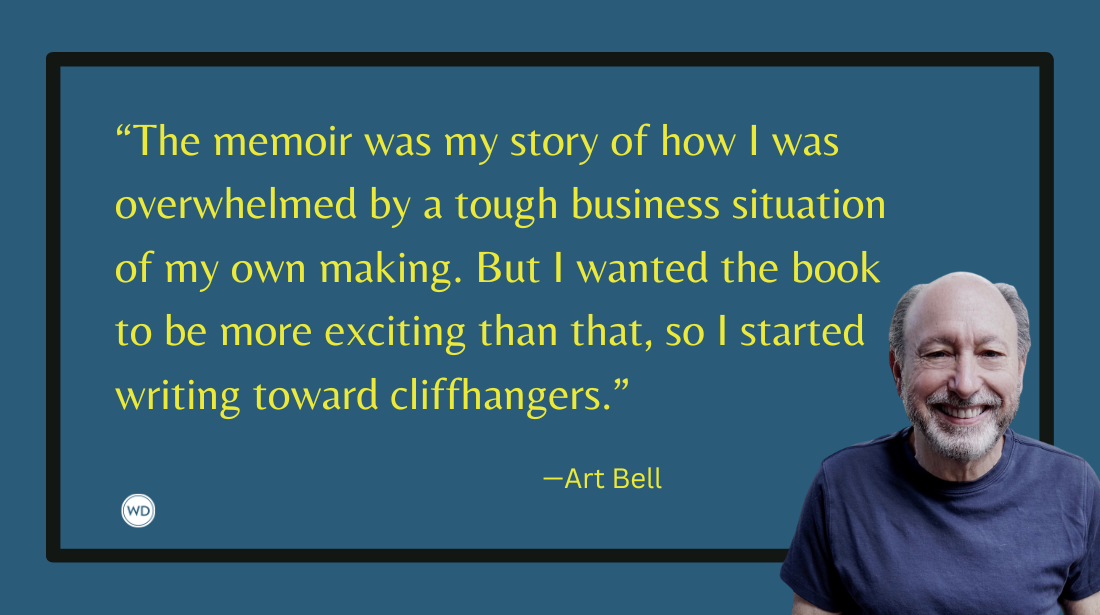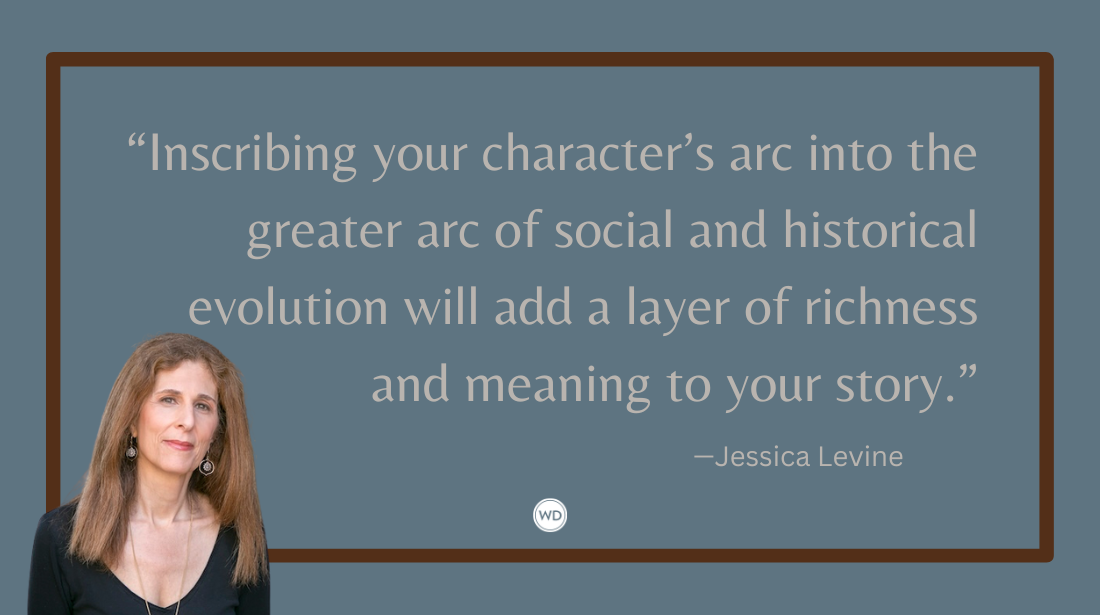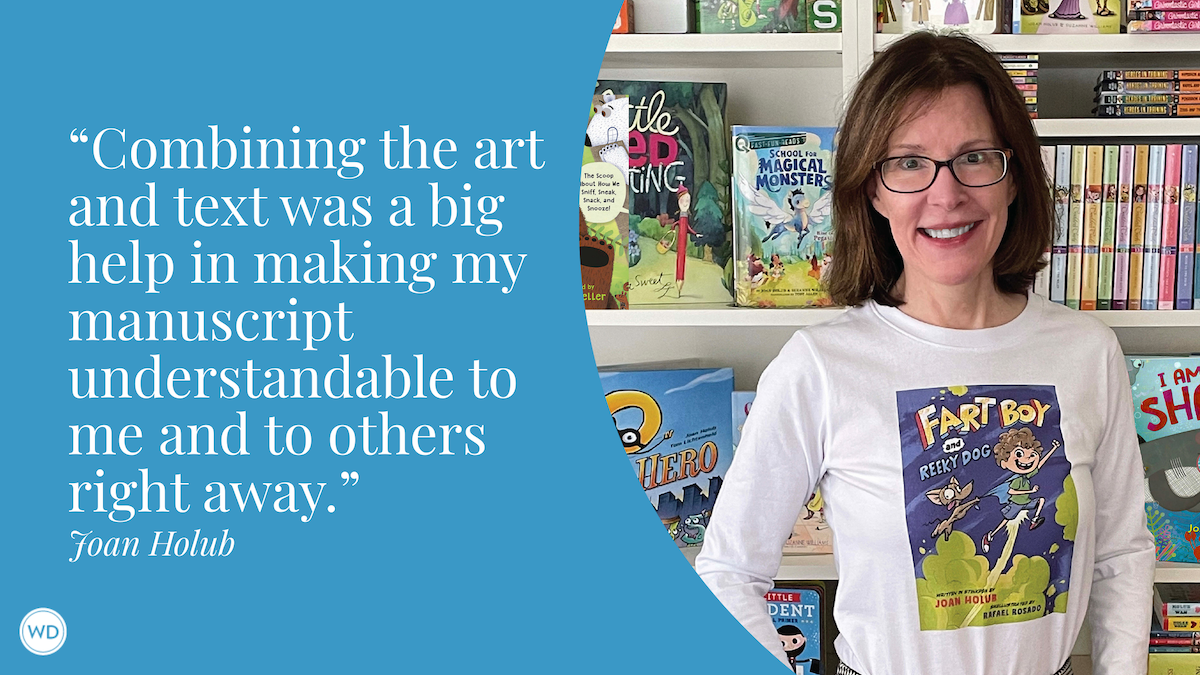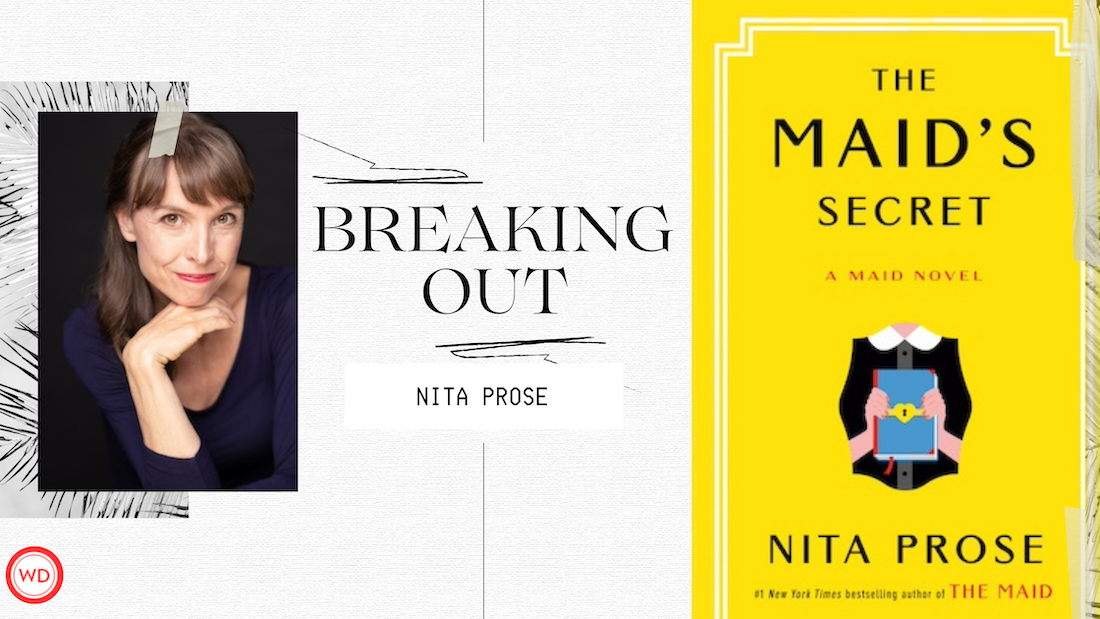What Is Body Horror in Fiction?
WD managing editor Moriah Richard outlines the misconceptions around body horror in genre fiction and why it can be powerful for your story.
Content warning: To explore the themes of body horror, this article interrogates subjects that can be particularly triggering to readers. Please proceed with caution and make the best decision for your well-being.
I used to think of body horror as the “icky” part of horror—like the most cringey scenes in the Saw franchise or the ripping and tearing violence in monster stories.
I’ve come to realize that body horror (good body horror) has much more meaning than just trying to gross your reader out. It can be a symbol of societal breakdown, existential terrors, and even religion. Frankenstein’s Monster is the widest-known example of body horror, and it’s also widely considered to be a literary classic. However, body horror as a literary term has only been used since Phillip Brophy in his 1989 article “Horrality: The Textuality of the Contemporary Horror Film” (originally published in Screen, Volume 27, Issue 1).
For a basic understanding of body horror, we can look at a few ways that its subgenres can be used in fiction.
Invasion
The basic tenant of invasion is that the threat is on the outside coming in. Possession (both demonic and alien) and disease (the realization that you don’t have a body; you are a body) are two very popular ways that invasion is explored in body horror. This is a wonderful way to analyze body horror through the lens of many genres; while you might see ghosts and demons in supernatural horror, alien invasion is often a trope utilized in sci-fi or sci-fantasy.
One of the most common examples of invasion in fiction is Invasion of the Body Snatchers by Jack Finney. The idea of aliens taking over your body, assuming your identity, and not being able to trust those around you is a wonderful example of using body horror to explore the emotional landscape of the novel. In a similar vein but a different genre, Stephanie Meyer’s The Host explores what invasion is like from the perspective of the invader.
Contagion
This is based on the idea that society is breaking down alongside the body’s breakdown. Zombies are a great example of this—not only do you have the day-to-day fight to survive in a world where society has completely disintegrated, but you also have to worry about your allies hiding zombie bites because they’re too afraid of what will happen. In that particular case, ego is directly tied in with the downfall of other survivors.
How High We Go in the Dark by Sequoia Nagamatsu is a great example of using contagion to explore both societal themes as well as more personal ones. And if we’re talking about zombies specifically, I can’t help but mention Max Brook’s World War Z: An Oral History of the Zombie War.
Transformation
Another type of body horror that hinges on the fear of a lack of control, stemming from the idea that your body is being turned into something else. Think Kafka’s Metamorphosis. But shape-shifting can come in all forms—werewolves, turning into wood or stone, and other types of the body becoming other are also popular ways to explore this subgenre of body horror.
In literature, thieves in Dante Alighieri’s The Divine Comedy are turned into snakes and can only regain human form by attacking others and eating their essences.
Mutilation
This subgenre of body horror is based on the idea that the body is sacred and some kind of force (external or internal) is working to desacralize it. For example, Tender Is the Flesh by Agustina Bazterrica is about a world in which all animal flesh has been tainted by a virus. Because of this, cannibalism has been legalized.
Mutilation is also widely explored by feminist writing, as the erotic and horror are both about looking at hidden desires. In this way, mutilation body horror can either be negative or positive; it can be about the fear and reality of sexual abuse and trauma, but it can also be about taking back the body. An example of this is the movie Teeth, in which a young woman discovers during a sexual assault that she has vagina dentata, a condition where her vagina literally has teeth. During the course of the film, she uses her condition to punish several men who seek to abuse her, a way of reclaiming her power.
While many themes around body horror focus on fear and loss of control, some celebrate the way that acceptance of your body as uncontrollable can free you from the bonds of society. There are many genres that employ body horror, from thrillers to sci-fi to fantasy and beyond.
Since obtaining her MFA in fiction, Moriah Richard has worked with over 100 authors to help them achieve their publication dreams. As the managing editor of Writer’s Digest magazine, she spearheads the world-building column Building Better Worlds, a 2023 Eddie & Ozzie Award winner. She also runs the Flash Fiction February Challenge on the WD blog, encouraging writers to pen one microstory a day over the course of the month and share their work with other participants. As a reader, Moriah is most interested in horror, fantasy, and romance, although she will read just about anything with a great hook.
Learn more about Moriah on her personal website.








